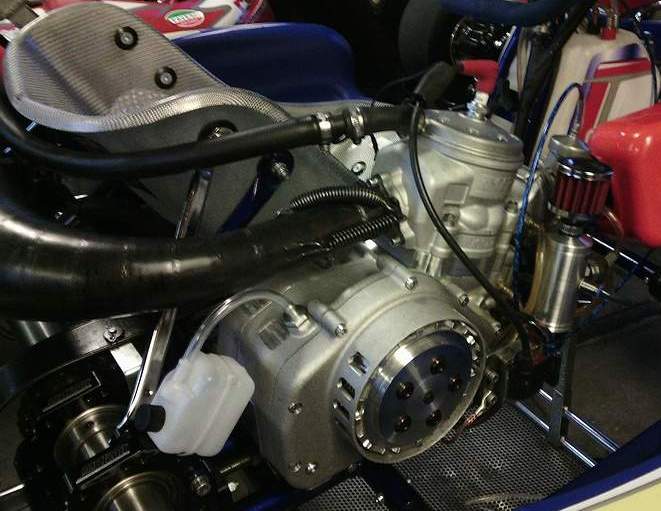was thinking of the Ryger again :
looking at the pictures :
* looking at the crankcase at the bottom of the 2nd picture, it shows an ordinary boost-port transfer passage (like in a normal 2-stroke).
* looking at the 3rd engine from the bottom, it shows the usual transfer passage for A and B transfers.
* there does not seem to be a passage under the exhaust
Attachment 314432Attachment 314433
it just seems impossible to me that there are 11 transfers at the same height in the cylinder (like in a normal 2-stroke). So I thought maybe there are the usual 5 in the cylinder, and 6 somewhere between the crankase and the added spacer, but then again I wouldn't know where the 6th would go.
and if the Ryger has it's own crankcases, why would they still integrate that "look-a-like-bolt-on-a-reed-valve-here" at the front of the cases ? or is that where that bottle goes onto, and why does it have a filter on top ?

how do you guys think how/where the 11 transfers would be ?







 Reply With Quote
Reply With Quote






Bookmarks